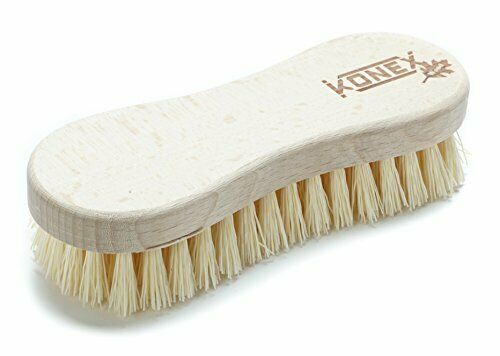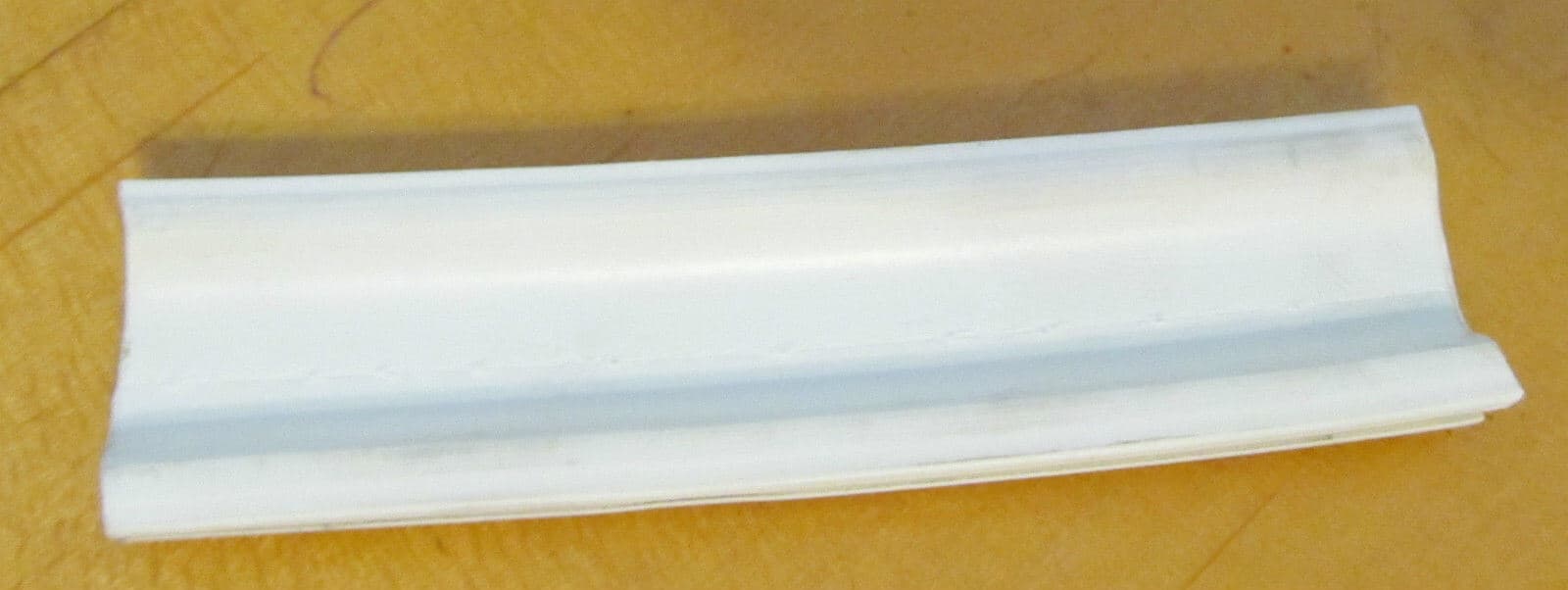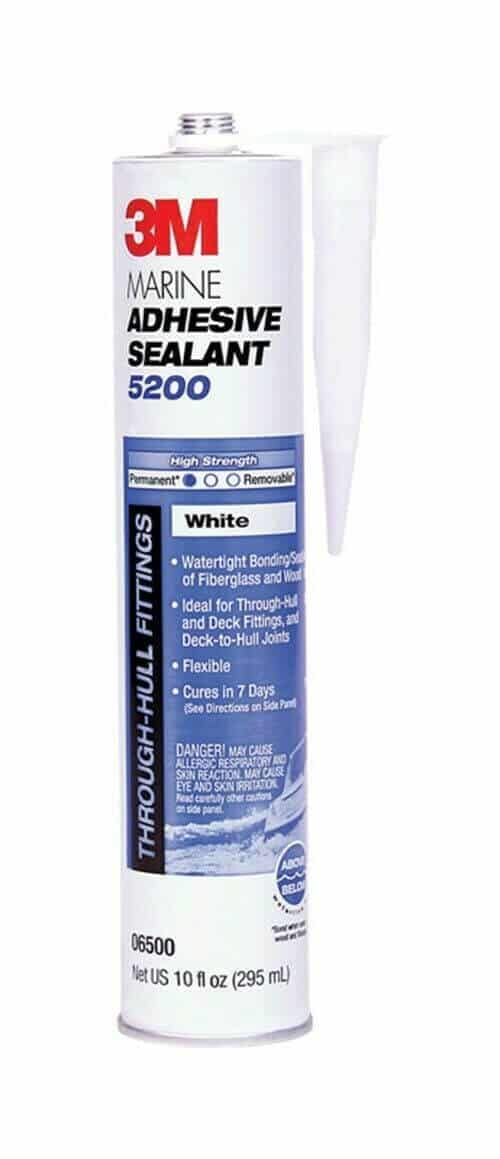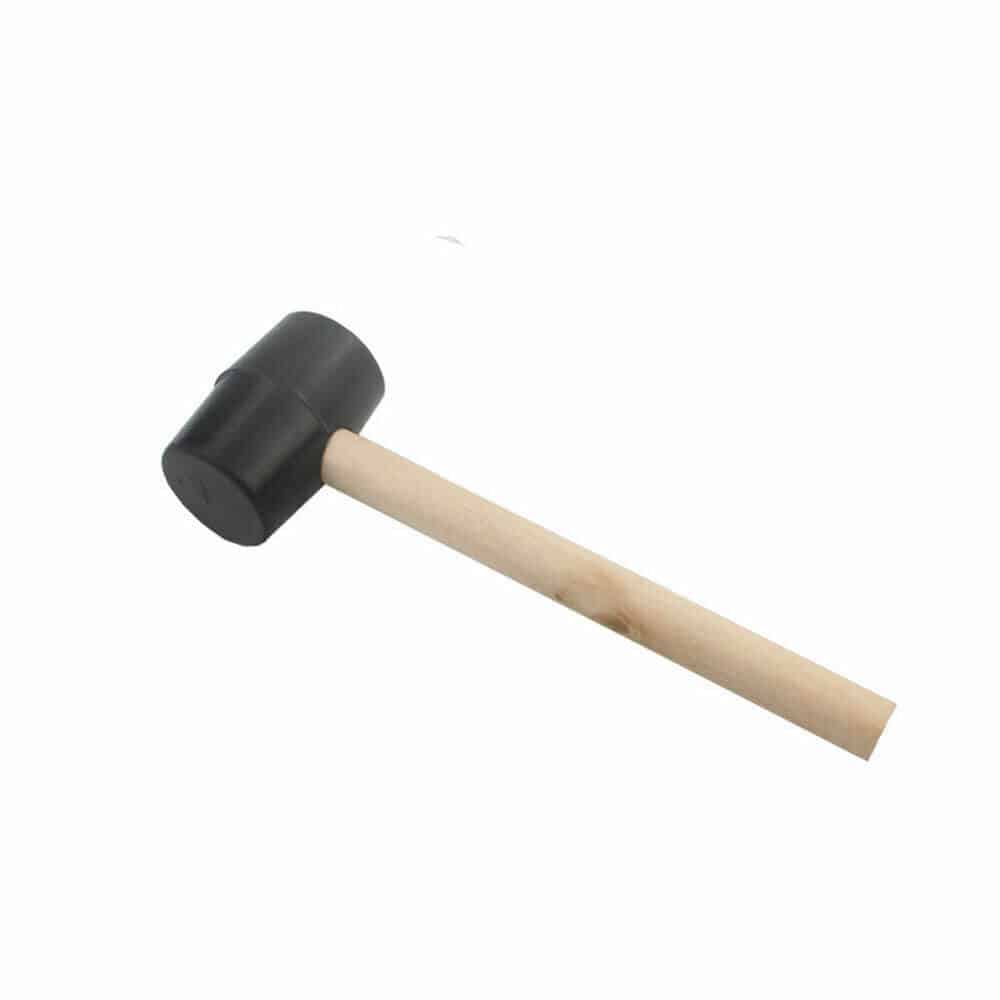How to Bend RV Corner Trim (+ Tools Needed)
Although you might postpone maintenance jobs, paying attention to your RV will guarantee that it will keep working in excellent condition. There are several factors that affect the outer body of your RV, but you can do some maintenance jobs on your own. If you’re wondering how to bend RV corner trim, you’ve come to the right place.
Why Does the Corner Trim on Your RV Go Bad?
Corner trims are usually made of aluminum, which is rust-resistant. However, rain, hail, and other elements can make the trim go bad, and in this case, it has to be fixed or replaced. The trim inserts are made of vinyl, which is durable and resistant to the elements. However, with time it also tends to come loose and will eventually have to be replaced.
When RVs move down the road, the movement can make seams and sealants more vulnerable, eventually breaking and exposing your interiors to humidity, rain, condensation, and snow. If you ignore the trim on your RV, it will be subject to leaks.
Rainwater will pool on the roof and then leak into your vehicle, damaging the walls and the contents. If you have a trim covering both the wall and the ceiling of your trailer, you will be protecting it from extreme damage.
Related: How to Winterize Your RV from A to Z
What are the Tools Needed to Install the RV Corner Trim?
Installing a new trim to your RV protects it from leaks and sun damage. Without a good trim, mold and mildew can grow in your RV can cause severe health problems. Installing a new RV corner trim is possible with the help of a few tools.
- Rough brush
- RV insert trim
- Aluminum molding
- Rubber mallet
- Screws
- Sealant
- Putty knife
How to Replace and Bend your RV Corner Trim?
The key to successfully replacing your RV corner trim is to measure everything accurately before cutting. If you’re not sure about the right trim insert, you can measure the old one and get a similar one. If you need extra protection, you can buy a broader trim that covers the roof and the walls.
1. Remove the Old Trim

The old trim will be already loose or broken after years of driving your RV or travel trailer on the road. Use your hand to remove all the loose parts before installing the new one. If you can’t remove all the pieces, use a rough brush to remove the remaining pieces. After that, you will have access to the screws that were securing the corner molding of the RV.
Be careful while removing the old aluminum molding, as you might use it later. Use a putty knife to move any residues inside the aluminum molding. You should also clean the surface of the RV where the molding was installed. Use soapy water to clean the area.
2. Measure Accurately
Hold the old aluminum molding and measure where it will be installed. Use a pencil to draw a line that you will use as a guide. If you’re installing new aluminum molding, you can use it as a guide.
3. Install the New Insert Trim

Installing a vinyl trim is straightforward because vinyl is flexible. Follow the lines that you drew previously and make sure that the trim covers all the cracks. You will be able to install it straight and around the corners. A ¾-inch vinyl trim will work for most travel trailers and RVs.
If you park and drive your RV in extreme weather conditions, if it’s subject to humidity, or is rather old, you will need more protection to make sure that your vehicle’s interior is safe and dry. In this case, it’s recommended to get a wider trim that measures 1-inch wide.
Corner trims attach to the surface of the RV without damaging the paintwork and will follow the contour of your vehicle without any effort. The sticky part provides better adhesion while sealing any cracks in the corners of the RV.
4. Add the Sealant

You need to use a waterproof sealant to guarantee that there will be no cracks or holes where the moisture can enter into your vehicle. This formula is specifically designed to resist saltwater damage and will work if you’re keeping your RV near the beach.
Apply a generous layer to the aluminum molding. It’s sturdy and doesn’t rust or corrode, so it’s the ideal choice for rough weather conditions and long RV trips.
Aluminum molding is straightforward to install and is flexible enough to bend around the corners without breaking. Featuring steel screws, this trim will stay in place.
5. Bend the Trim Around the Corner

Aluminum molding is quite durable, and it won’t break easily. You can bend it around the corner using a rubber mallet. This will also guarantee that the aluminum will fit the corners accurately.
To prevent your new aluminum molding from breaking, screw one end and start using the rubber mallet to bend it carefully.
6. Add the Screws
Moldings will come with their screws. However, in most cases, you need to add extra screws to make sure that the trim will stay in place to provide excellent waterproof protection.
Water damage is a major concern for RV and travel trailer owners because it can ruin your vehicle and everything inside. This is why you need to make sure that your screws are rust-resistant, so they can hold the trim in place. If you’re adding the old molding, replace the rusty screws.
After adding the screws, the sealant will start to come out from the sides. You can use a putty knife to remove the excess sealant. This will give the RV a clean look, so you can apply a new layer of the sealant that follows the molding lines from both sides. Spray some water and use a clean cloth to make sure that the sealant looks neat.
Wrap Up
Replacing the corner trim on your RV guarantees that it will be perfectly sealed. Cracks and holes will cause the water to pour into your RV and cause water damage in the long run. You can easily buy all the necessary tools and install your new RV corner trim without breaking it.
source https://gonecamping.net/how-to-bend-rv-corner-trim/
Comments
Post a Comment